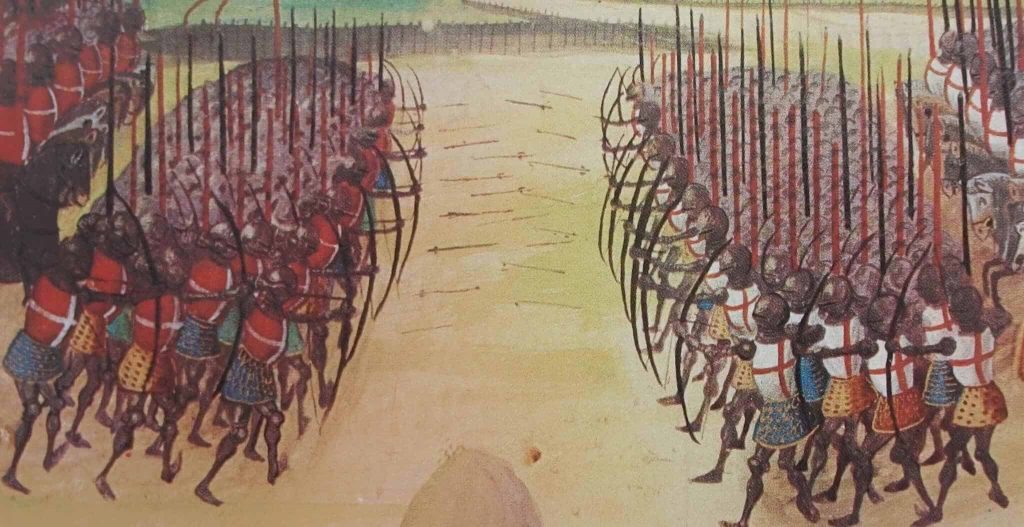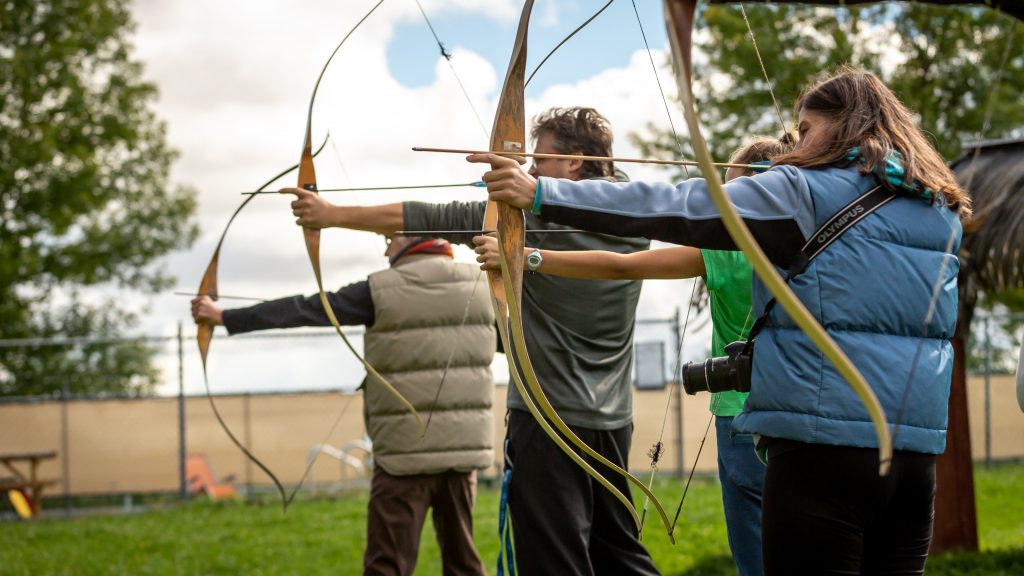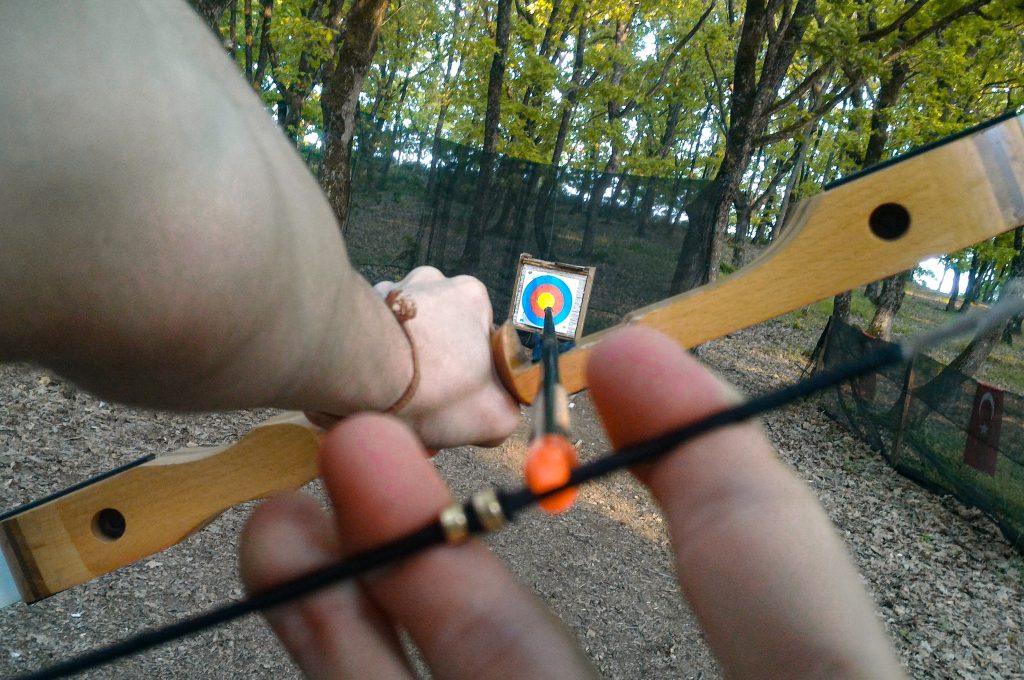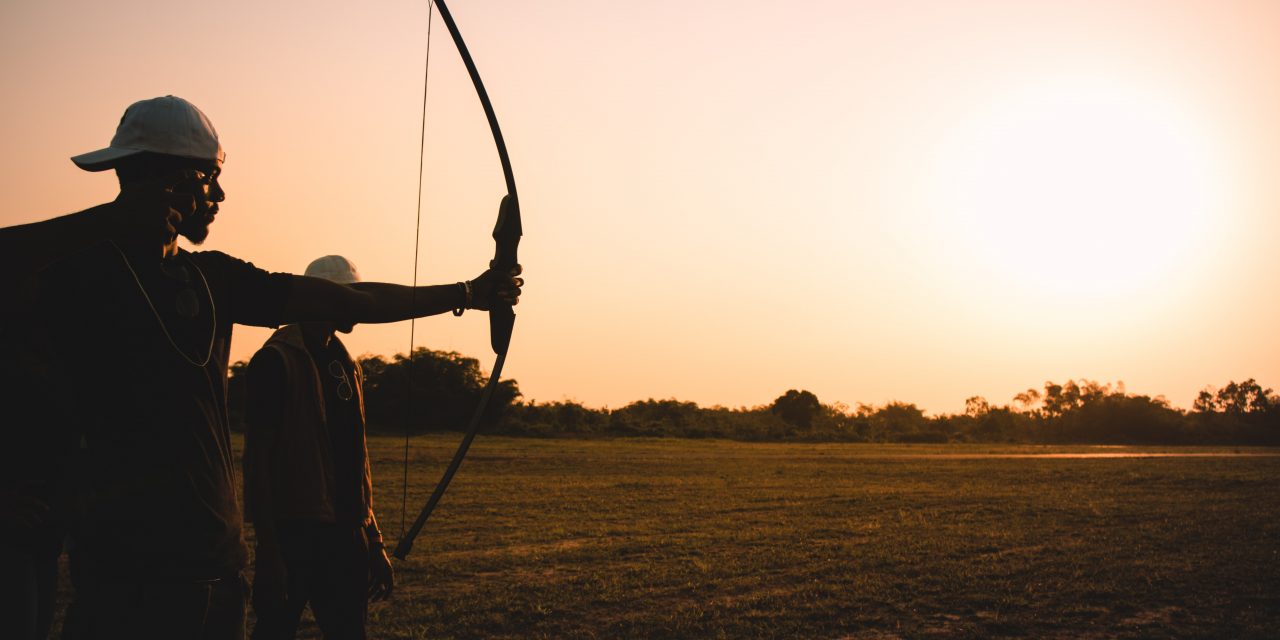Archery, one of the oldest arts of ancient times, has transformed over the millennia from a vital survival skill to a precision sport enjoyed by millions worldwide. As we aim our arrow at the target of the history of the sport, let’s take a look back at how this ancient practice evolved into a modern sport.
Early beginnings
The origins can be traced back to the late Stone Age, around 10,000 BC. Originally, it was used for hunting and warfare, essential for survival and dominance. Cave paintings in Spain, dating back to around 5,000 BC, depict men hunting game with bows and arrows, testifying to the importance of archery in early human civilisation.
Bowmen in battle
Throughout the centuries, the bow and arrow were used not just for hunting but also for combat. In Ancient Egypt, bow and arrows were used in warfare as early as 3,000 BC. Archers on foot or chariots provided the primary form of battlefield attack.
In Medieval Europe, the longbow became the dominant weapon on the battlefield, with the English wielding it effectively in battles such as Agincourt in 1415. Archery also played a crucial role in Asian warfare, with horse bowmen being a key component of the military strategies of Mongols and Turks.

The transformation of archery
The importance of archery in warfare began to decline with the advent of gunpowder and firearms in the late Middle Ages. However, in England, the practice of archery was kept alive through a 1363 law that required every man between the ages of 15 to 60 to own a bow and practise archery regularly.
By the 16th century, though, in Europe it had transitioned from a method of warfare to a recreational activity. Official societies were formed, and competitive matches began to be held.
As a modern sport
The founding of the Grand National Archery Society in 1844 in the United Kingdom marked a significant milestone in the history of as the activity as a sport. The society established rules for it to become a competitive sport and organised the first Grand National Archery Meeting the same year.
In the United States, the sport was popularised by Dr. Robert P. Elmer, who wrote several books on the sport and helped form the National Archery Association in 1879.

Making it to the Olympics
It was included in the Olympic Games as early as 1900. However, the lack of international uniformity in rules and formats led to it being dropped after 1920. After many years of standardisation efforts by the International Archery Federation (FITA), the sport made its return to the Olympics in 1972 and has remained a permanent fixture ever since.
The sport today: Hitting the bullseye
Today, the sport is enjoyed as a recreational activity, a competitive sport, and even as a component of therapeutic programs. It’s appeal lies in its mix of precision, control, and mental discipline. The sport is also an inclusive activity, accessible to people of various age groups and abilities.
As a competitive sport, there are several disciplines, including target archery (the form seen in the Olympics), field archery, and 3D archery. Each offers its own unique challenges and rewards, ensuring that the sport continues to offer something for everyone.

The continuing journey of the sport
Once an essential survival skill, it has evolved into a sport of precision and concentration. As we reflect on its rich history, it’s clear that archery is more than just hitting a target – it’s about focus, discipline, and continual self-improvement.
In the future, as the sport continues to adapt and evolve, archers will continue to draw their bows, aim carefully, and release – part of a timeless tradition that stretches back thousands of years.
Fancy some more sporting history lessons? Then check out our sports section to learn more.






Trackbacks/Pingbacks